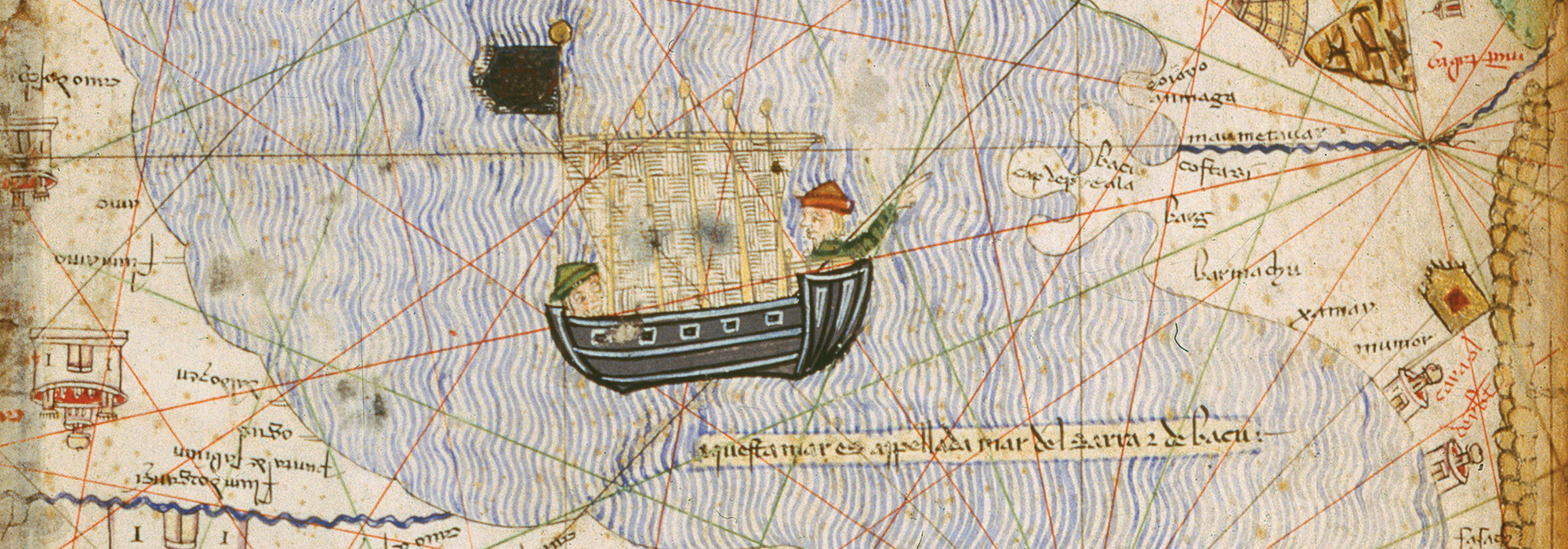CAIRO, EGYPT—An L-shaped structure was detected using ground-penetrating radar and electrical resistivity tomography about six feet beneath Giza’s Western Cemetery by a team of scientists from Tohoku University, Higashi Nippon International University, and Egypt’s National Research Institute of Astronomy and Geophysics, according to a Live Science report. During the Old Kingdom period (ca. 2649–2150 B.C.), members of the royal family and high-ranking officials were buried in stone or mudbrick structures called mastabas in the Western Cemetery. The underground anomaly, which measures about 33 feet long, was identified in an area where no aboveground structures have been found. Motoyuki Sato of Tohoku University suggests that the shape of the anomaly is too sharp to have come about through a natural phenomenon. The geophysical readings also indicate that the space had been backfilled with a mix of sand and gravel, he added. The survey also suggests there is a second, deeper structure at the site that was perhaps accessed through the L-shaped structure. Excavation of the site has begun. Read the original scholarly article about this research in Archaeological Prospection. For more on Giza and the construction of the pyramids, go to "Journeys of the Pyramid Builders."
Underground Anomaly Detected in Giza’s Western Cemetery
News May 14, 2024
Recommended Articles
Digs & Discoveries November/December 2023
The Queen’s Jewels
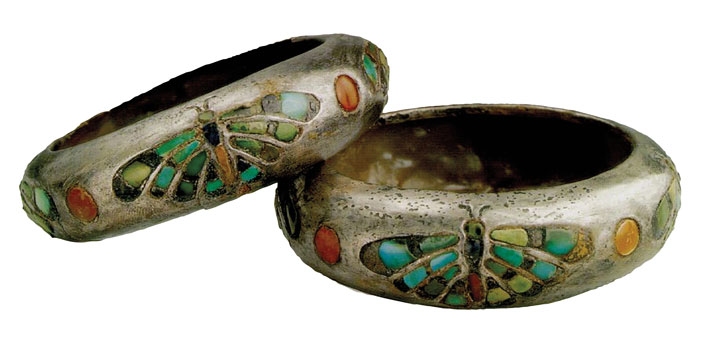
Features July/August 2022
Journeys of the Pyramid Builders
The story of the highly skilled workers who helped build Egypt’s Great Pyramid is emerging from a papyrus cache unearthed at the world’s oldest harbor

Artifacts July/August 2021
Egyptian Copper Tools
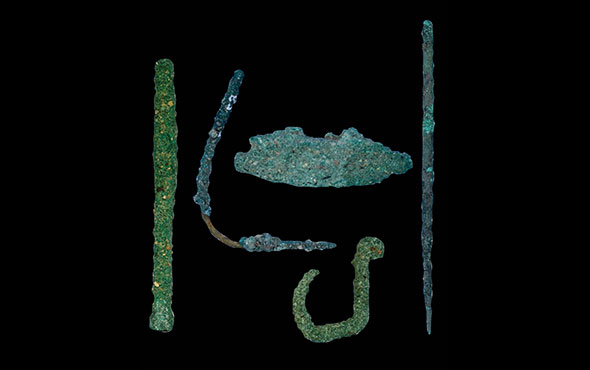
Digs & Discoveries November/December 2018
Let Them Eat Soup
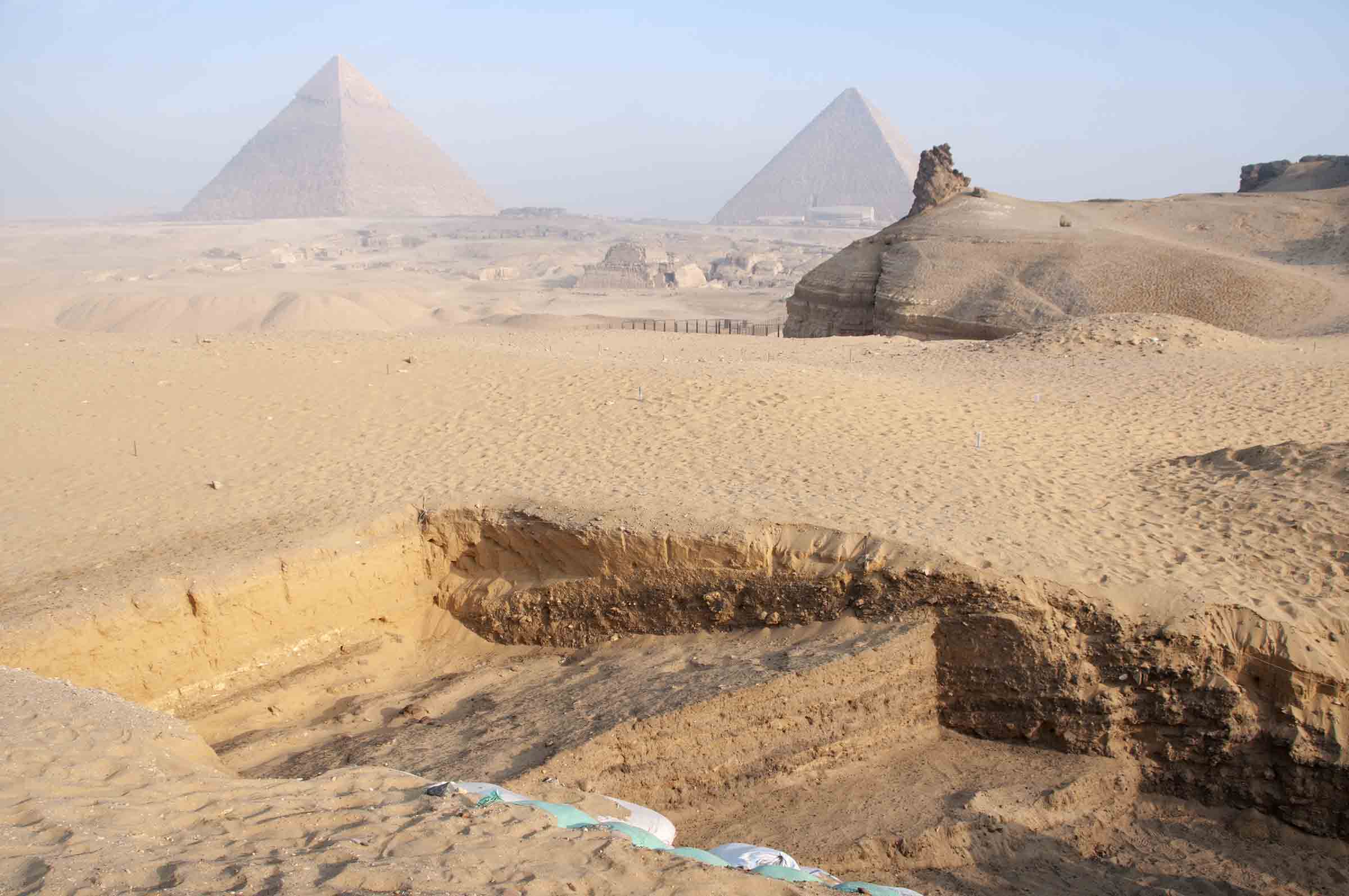
-
Features May/June 2024
Alexander the Great's Untold Story
Excavations in northern Greece are revealing the world that shaped the future king
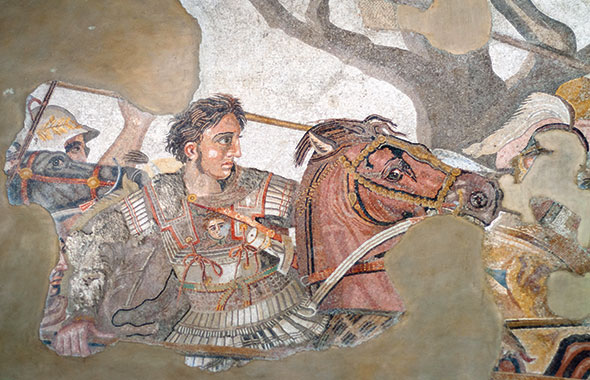 (Veronika Pfeiffer/Alamy)
(Veronika Pfeiffer/Alamy) -
Letter from the Catskills May/June 2024
Ghost Towns of the Ashokan Reservoir
An archaeologist investigates how construction of New York City’s largest reservoir a century ago uprooted thousands of rural residents
 (Courtesy the New York City Department of Environmental Protection)
(Courtesy the New York City Department of Environmental Protection) -
Artifacts May/June 2024
Medieval Iron Gauntlet
 (Courtesy Canton of Zurich)
(Courtesy Canton of Zurich) -
Digs & Discoveries May/June 2024
Ancient Egyptian Caregivers
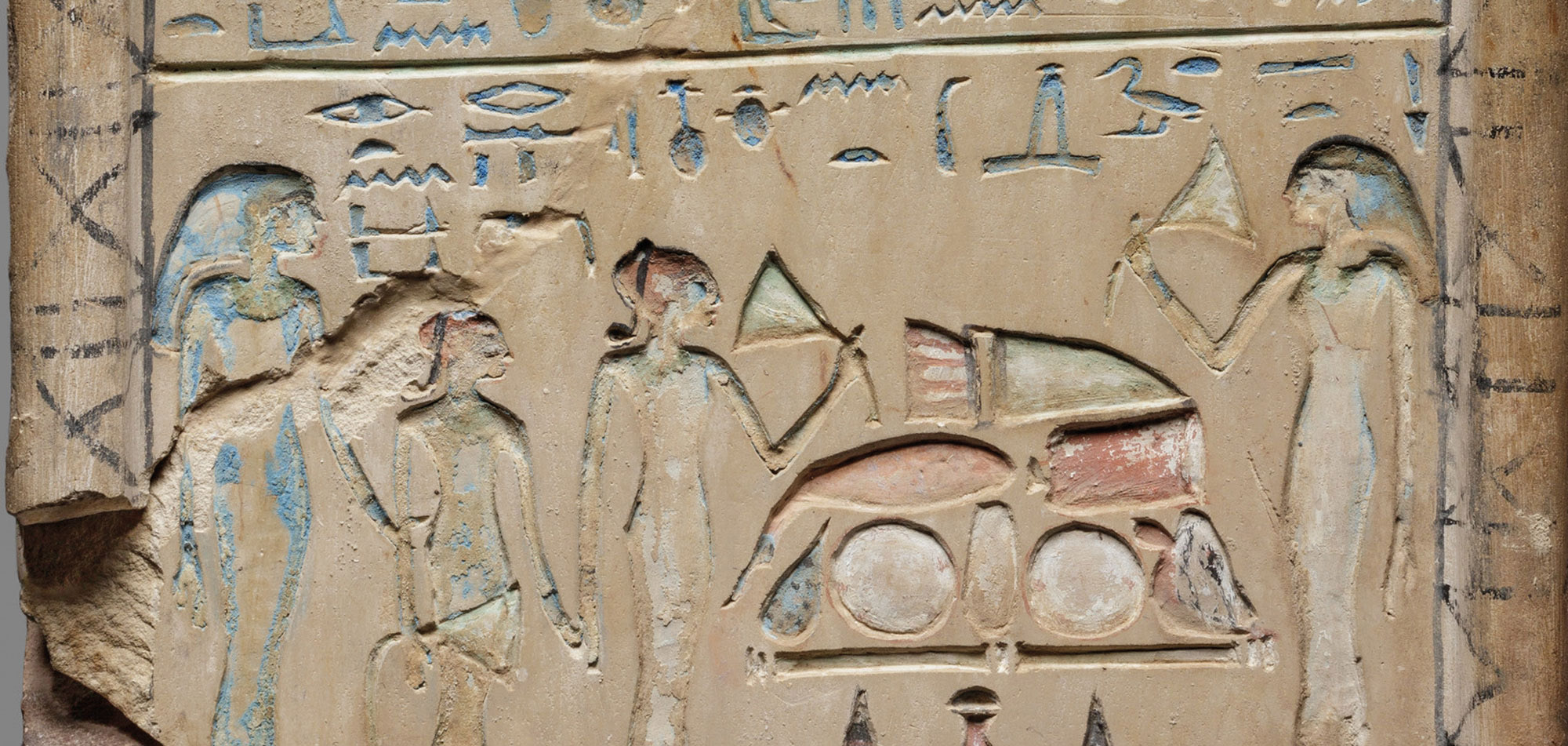 (Metropolitan Museum of Art)
(Metropolitan Museum of Art)


